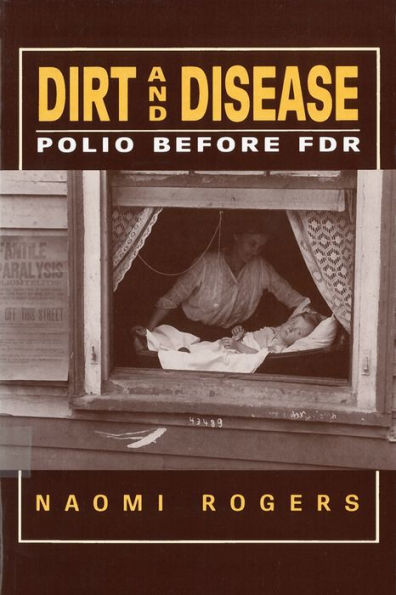5
1
9780813517865


Dirt and Disease: Polio Before FDR / Edition 1 available in Paperback

Dirt and Disease: Polio Before FDR / Edition 1
- ISBN-10:
- 0813517869
- ISBN-13:
- 9780813517865
- Pub. Date:
- 05/01/1992
- Publisher:
- Rutgers University Press
- ISBN-10:
- 0813517869
- ISBN-13:
- 9780813517865
- Pub. Date:
- 05/01/1992
- Publisher:
- Rutgers University Press
38.95
In Stock

Product Details
| ISBN-13: | 9780813517865 |
|---|---|
| Publisher: | Rutgers University Press |
| Publication date: | 05/01/1992 |
| Series: | Health and Medicine in American Society |
| Edition description: | New Edition |
| Pages: | 272 |
| Product dimensions: | 6.00(w) x 9.00(h) x 0.80(d) |
About the Author
From the B&N Reads Blog
